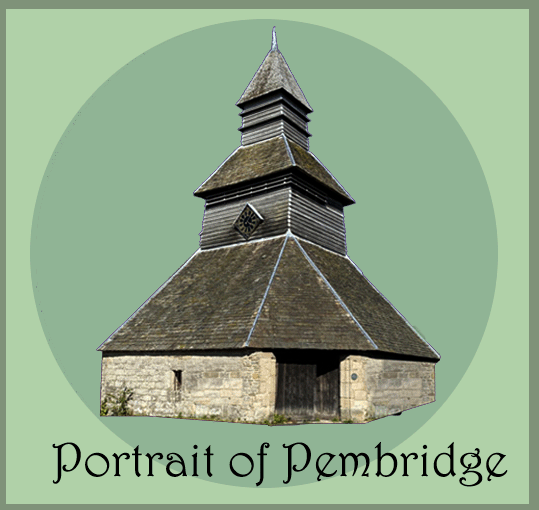Why Bats Matter and What We Can Do To Help Them
You are most likely to see a profusion of bats in Pembridge around 31st October. Their association with Halloween and witches has given bats a bad press and may lead many of us to shun them. But bats are an essential part of the food chain. They need our help to preserve them and their habitats.
Portrait of Pembridge caught up with bat ecologist, Dr Alison Barnett of Mortimer Environmental, at the recent Bats in Churches event in Pembridge Church. She explained why bats are important to us, how St Mary’s Church provides an ideal environment for them, and what we can all do to help bats survive and thrive.
Q. What role do bats play in the food chain?
Dr Barnett: Bats are pollinators, so like bees and butterflies, they play an important role in our eco system and producing our food. They also eat insects. In a single night a pipistrelle bat will typically eat up to 3,000 mosquitoes. They are amongst the most diverse species of mammals. In the UK there are 18 species of bat, all of them are under threat.
Q. Why are bats under threat in the UK?
Dr Barnett: Primarily the loss of habitat is the cause. This includes the loss of ancient woodlands, and barn conversions, which deny bats a place to roost. There are also declining numbers of insects, which are the staple diet of bats, caused by overuse of pesticides.
Q. What should someone do if they find an injured bat?
Dr Barnett: Bats are protected by law, and you need a licence to handle them. An exception is if the bat is sick or injured but its best to avoid touching them and always wear gloves if you need to move the bat. Placing it in a cardboard box, with breathing holes, and a milk bottle top of water is advisable. You should then call the Bat Conservation Trust on 0345 1300 228 for guidance.
Hereford Bat Rescue rescued 104 bats in 2022 and rehabilitated 49 of them. Getting specialist help as soon as possible is essential, especially if you find a bat in the daytime.
Q. If someone has bats in their home or workplace, what steps do they need to take if they want to make alterations to the property?
Dr Barnett: It’s an offence to damage or destroy a bat’s habitat or roost. The property owner should speak to a bat ecologist to identify their presence and complete a bat survey. The owner can then apply to Natural England for a licence to undertake the work.
Q. Bats are often associated with evil in our folklore, their proliferation at Halloween is stereotypical of this. There was also speculation that they were responsible for the Coronavirus outbreak in China. Are they harmful to humans?
Dr Barnett: Bats are harmless to humans. It’s more likely that a disease would be passed to a human from a domesticated animal. Bats are social creatures, mammals which feed their young with milk and build nurseries to protect them.
Q. Why do bats like to live in churches, and why Pembridge church in particular?
Dr Barnett: Churches are usually the oldest stable structures in a village, the bats like to fly around the apex of the nave which in many ways replicates the canopy of the forest. There are usually lots of nooks and crannies suitable for roosts and nurseries. They are undisturbed at night and have access to insects in the churchyard. A study in the East of England showed that 95% of churches had bat colonies.
Pembridge church offers an ideal environment for bats, there are 7 species in total. In the church these include the Natterer’s, Brown long eared, Common pipistrelle and Soprano pipistrelle. Bat ecologists identify bat species by their calls and their flight patterns. Their calls are usually too high pitched for the human ear. Bat ecologists now have an app which helps to identify each species from their call. At Pembridge they have used drones over the church roof, using thermal imaging to detect the location of the roosts.
For more information on bats visit the Bat Conservation Trust website, www.bats.org.uk , where you can hear the call of each species and understand how the Natterer got its name.
Kay Ingram for Portrait of Pembridge, June 2023
